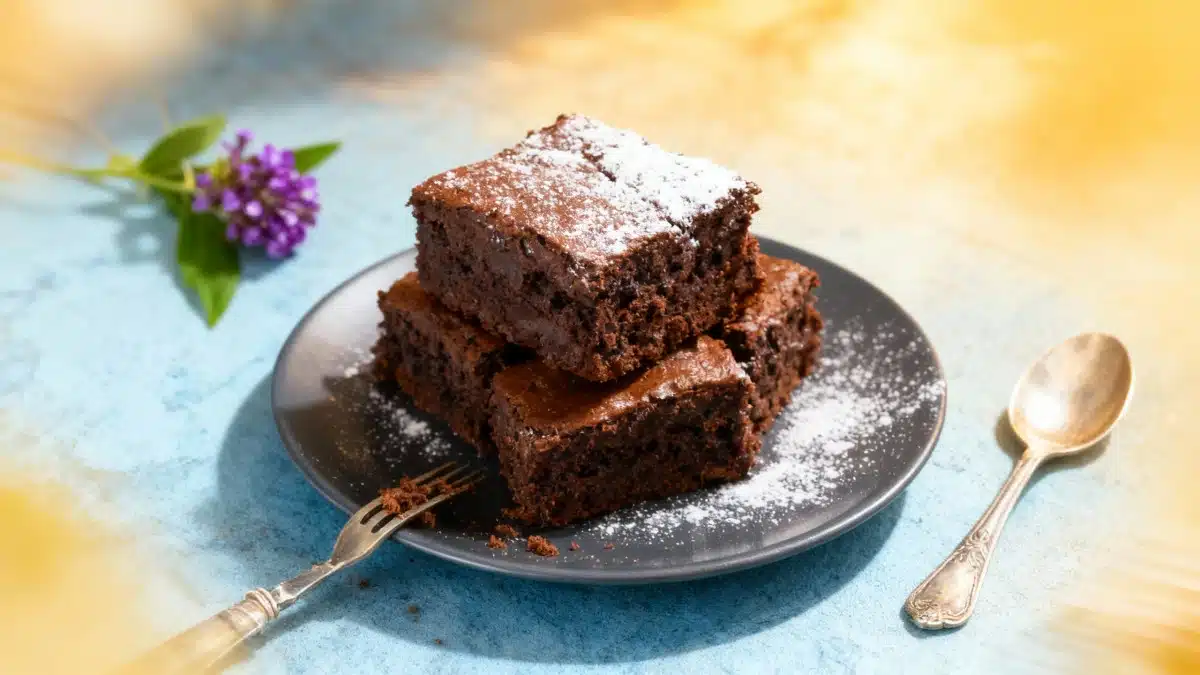Supermarkets are bursting with salad choices, their produce aisles gleaming with fresh green crowns that call out to hungry shoppers. These leaves look crisp, light, and ready to brighten any summer meal. But before you toss another head of iceberg or little gem lettuce (known as ‘sucrine’) into your basket, it’s time to learn why experts suggest it might be better to break up with these salad darlings in favour of far more nutritious alternatives.
Why Iceberg and Little Gem Lettuce May Not Deserve Their Popularity
Let’s be honest—iceberg and sucrine are classics for a reason. Their crunchy bite and pale green freshness have made them salad staples at countless gatherings. Yet, from a nutritional perspective, their reputation might be a bit… inflated. These types of lettuce belong to the ‘headed’ category, forming tight, compact heads of leaves. This characteristic, as innocent as it may seem, actually limits their potential.
Here’s the science: the closely packed leaves prevent sunlight from reaching their inner depths. Unlike open-leaf varieties, where light can bathe every surface, headed lettuces—such as iceberg and sucrine—don’t receive enough natural goodness. This lack of light exposure stunts the development of key nutrients and antioxidants. In other words, those neatly layered leaves are keeping more than just the goodness sealed inside—they’re blocking it altogether.
So, what’s the bottom line? These salads are comparatively poor in beta-carotene, vitamin K, and polyphenols—powerful antioxidants that give your immune system its superhero status and generally help keep you healthy. Instead of being nutrient powerhouses, iceberg and sucrine are more like sidekicks: pleasant, but not packing much punch.
Meet the Nutrient-Rich Alternatives
If you consider yourself a salad enthusiast (or even a casual supporter), it’s high time to discover alternatives that will truly boost your meals. Thankfully, the salad world is vast and vibrant, brimming with options far richer in nutrients. Here are a few choices to put at the top of your shopping list if you want to keep things both light and healthy:
- Romaine Lettuce: With its robust, open leaves and crisp texture, romaine is the perfect alternative. Not only does it boast higher levels of beta-carotene (your eyes are smiling already), but it’s also packed with vitamin K and fibre. Whether in a mixed salad or as a tasty side, it delivers freshness and nutrition in equal measure.
- Frisée and Batavia: These lettuces—distinguished by their frilly, airy leaves—are equally excellent picks. Their antioxidant levels are stronger, serving up polyphenols and vitamin B9 that help to reinforce your immune system and support cardiovascular health. Just imagine the lightness and colour they can add to your summer salads, all while ramping up the nutritional content.
- Treviso and Escarole: If you like to keep things interesting, consider these. Treviso’s deep purple leaves bring notable antioxidants to the table. Escarole, with its slightly bitter crunch, is loaded with fibre and will introduce a subtle new flavour to your recipes.
The Perks of Going Dark and Leafy
Choosing these darker, airier lettuces means opting for vegetables with a richer nutritional profile. Varieties like frisée or romaine don’t just outpace iceberg and sucrine in the health stakes—they also bring a fascinating diversity of textures and tastes to your meals. Those darker leaves are loaded with vitamins K and B9, building blocks essential for bone health and your body’s metabolism. On top of that, they often contain more fibre, which is a secret weapon for both your digestion and your sense of satiety (translation: you’re less likely to raid the fridge an hour after lunch).
By mixing up your salad choices, you’re not only elevating the nutritional value of your meals but also giving your plates a spritz of fresh flair and variety. Isn’t it time salads were as fun for your tastebuds as they are good for your wellbeing?
Time for a Salad Makeover
In the end, waving goodbye to iceberg and sucrine might feel like an act of rebellion in the salad aisle. But your body—and your palate—will thank you. With so many attractive, tasty, and truly nutritious alternatives on offer, making the switch is both simple and rewarding.
So next time you ponder your produce, reach for the darker, airier greens. You’ll boost your nutrient intake, bring delicious new flavours to the table, and discover all the refreshing possibilities salad can offer. Happy crunching!

John is a curious mind who loves to write about diverse topics. Passionate about sharing his thoughts and perspectives, he enjoys sparking conversations and encouraging discovery. For him, every subject is an invitation to discuss and learn.






